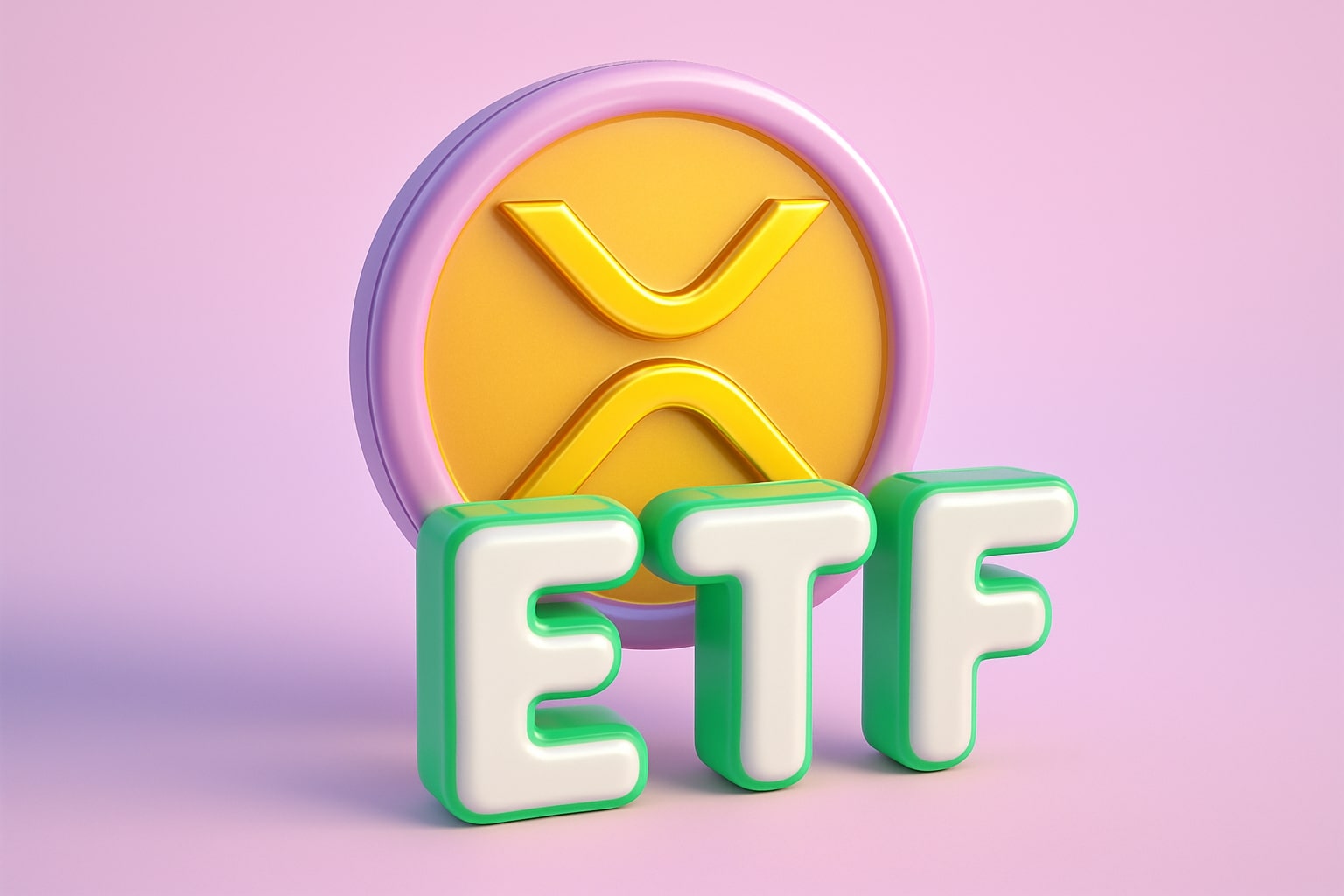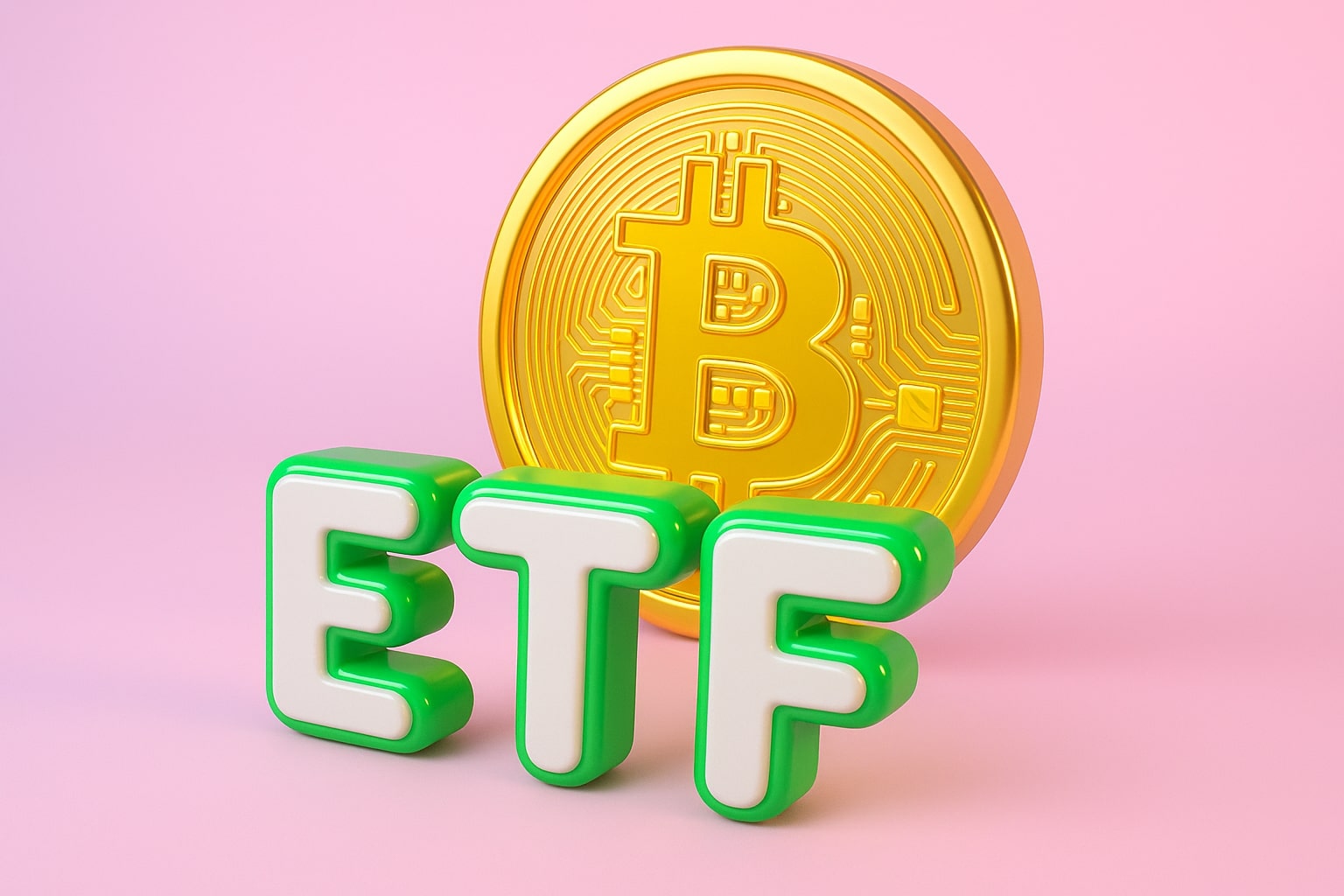Ethereum’s On-Chain Activity and Layer-2 Scaling Boom
Ethereum remains the beating heart of decentralized finance, maintaining over $150 billion in total value locked (TVL) across DeFi protocols. Its Layer-2 networks—Arbitrum, Optimism, zkSync, and Base—continue to expand aggressively, pushing throughput capacity while reducing gas fees by more than 80% year-to-date. Arbitrum alone now processes more than 900,000 daily transactions, while Base’s growth since its Coinbase integration has made it one of the fastest-growing rollups globally.
The broader Layer-2 ecosystem is now creating a powerful network effect: each transaction settled on these chains ultimately reinforces Ethereum’s fee revenue, deflationary burn mechanism, and validator rewards. As a result, Ethereum’s net issuance remains negative, averaging -0.15% per year, which continues to bolster its long-term scarcity thesis.
Whales and Retail Dynamics: Diverging Behavior Defines Market Structure
The market’s response to whale activity underscores Ethereum’s growing maturity. When whale wallets—such as the Trend Research entity—sold over 102,000 ETH (worth $455 million) recently, prices momentarily dipped before recovering sharply above $4,590. The market absorbed the liquidation effortlessly, indicating deep institutional liquidity and a diminishing impact of whale-driven panic.
Retail traders, however, are adapting to whale signals with new precision. AI-driven data feeds, blockchain scanners, and trading automation tools now alert users in real time when large transfers hit exchanges. Retail investors increasingly treat whale sell-offs as short-term liquidity opportunities rather than panic triggers, a behavioral shift that reflects Ethereum’s growing credibility among mass investors.
Crypto Payroll and Treasury Adoption: Ethereum at the Core of Web3 Finance
Beyond speculative trading, Ethereum’s price stability has accelerated its role in crypto payrolls and treasury management. Startups and Web3 companies are increasingly paying global contractors in ETH, leveraging smart contracts for automated salary disbursements and cross-border efficiency. Stable prices have lowered volatility risk for payroll systems, helping bridge the gap between crypto and traditional finance.
Small and medium enterprises (SMEs) are also rethinking their treasury composition. Many are now keeping 5–10% of reserves in Ethereum alongside stablecoins and fiat, using staking and DeFi lending platforms to generate yield. Multi-signature wallets, audit integrations, and regulated custodianship services have made ETH-based treasury management both secure and operationally efficient.
Retail and Institutional Flows Fuel a Two-Speed Market
Ethereum’s unique position between institutional stability and retail speculation is reshaping its volatility curve. Institutional inflows are driving consistent upward pressure, while retail participation—channeled through DeFi protocols and meme token rotations—adds short bursts of volatility. The coexistence of these forces has created a self-reinforcing cycle: every consolidation phase in ETH pushes retail liquidity into smaller, high-beta assets, only for profits to rotate back into Ethereum during market corrections.
This liquidity rotation ensures sustained ecosystem health and keeps Ethereum at the center of both macro accumulation cycles and micro speculative surges. As a result, ETH’s correlation with the broader crypto market remains near 0.82, higher than Bitcoin’s 0.65 correlation with altcoins, confirming Ethereum’s deeper integration into market sentiment.
Technical Landscape: Bulls Eye $5,200–$5,500 Resistance
From a technical standpoint, ETH-USD continues to display strong structural support above $4,400, the 20-day exponential moving average. A clean breakout above $4,750 could set off a measured move toward $5,200, aligning with Fibonacci extensions from the $3,800–$4,950 leg. On the downside, $4,200 remains the first support level, followed by a stronger base near $3,950.
MACD readings on the daily chart have turned positive, while the weekly setup is on the verge of completing a bullish crossover. The 4-hour RSI near 63 suggests room for short-term continuation before potential consolidation. Volume-weighted data confirms that the $4,600 zone has shifted from resistance to a liquidity pivot, a key step toward structural confirmation of the next bullish leg.
Ecosystem Catalysts: DeFi, AI, and Real-World Assets
Ethereum’s ecosystem is expanding beyond traditional DeFi into real-world asset tokenization, gaming, and AI integration. The rapid growth of tokenized treasuries—now exceeding $1.2 billion on-chain—demonstrates real-world adoption of Ethereum’s infrastructure. Meanwhile, partnerships between Layer-2 networks and traditional institutions (such as HSBC and Visa testing settlements through Ethereum rollups) highlight its increasing role in mainstream finance.
The convergence of AI data validation protocols and on-chain computation models—built directly atop Ethereum—adds another catalyst to the long-term value proposition. Developers are actively bridging Ethereum’s smart contract capabilities with decentralized machine learning, signaling a future where ETH powers not only finance but also AI-driven infrastructure.
Price Scenarios and Market Outlook
If momentum sustains and ETF inflows continue at their current pace, Ethereum could reach $5,500 by Q4 2025, with a potential run toward $7,500–$10,000 during the 2026 macro cycle. The bullish case assumes stable macro conditions, expanding staking participation, and continued institutional adoption. Conversely, a hawkish shift in U.S. monetary policy or reduced ETF demand could limit upside and force a retest of $4,000 support before the next advance.
Ethereum’s yield dynamics, deflationary token model, and unmatched developer activity provide a strong buffer against systemic crypto shocks. With over 500,000 active developers and $40 billion in DeFi liquidity, Ethereum remains the undisputed backbone of the digital asset economy.
Verdict on ETH-USD
Ethereum’s breakout above $4,600 marks a major turning point in 2025. Institutional inflows exceeding $1.3 billion, resilient whale absorption, Layer-2 expansion, and a robust derivatives market all point to continued momentum. With long-term structural demand aligning with short-term speculative enthusiasm, ETH-USD retains a Bullish (Buy) outlook, with targets at $5,200 short-term and $7,500–$10,000 mid-term. Ethereum’s path is no longer just a crypto rally—it’s the transformation of decentralized infrastructure into the digital foundation of modern finance.


















